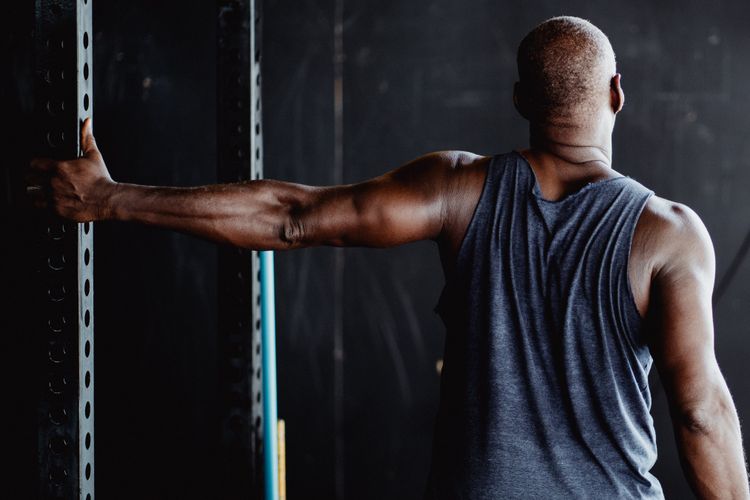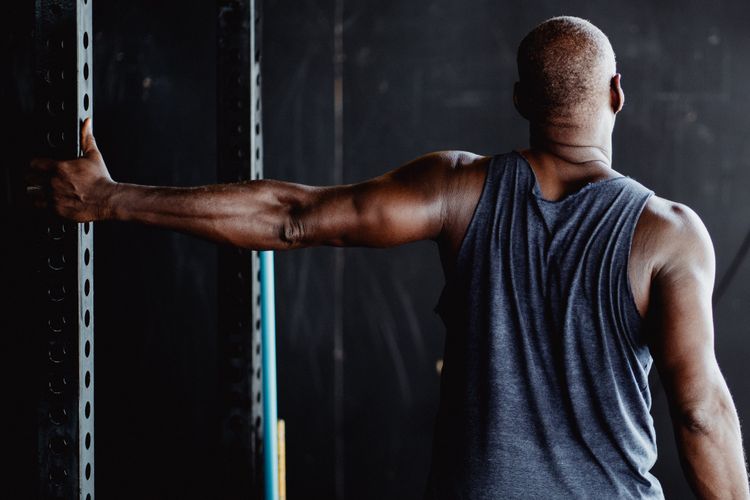🦀 PT Crab Issue 79 - Why pregnant women don’t exercise

I know that title promises a lot, but it also provides opportunity. If we know why they don’t do it, maybe we can help them. That’s the idea anyway. We’re also looking even more into nerve glides, with a cadaver study of just how far the median, ulnar, and radial nerves can go when you glide them.
That’s what everyone gets. My supporters (thanks!) got two extra articles, one that compares treatment interventions in patellar tendinopathy and a second about patient’s experiences in early mobilization after abdominal surgery.
Become a supporter by signing up here:

The first month is free!
Also this week, happy birthday to me! I just turned 30, which is daunting. It’s made less daunting by realizing that I’m just as close to 50 as I am to 10, so there’s a lot of time and room for things to change in the next 20 years. Don’t get me wrong, I’m happy with where I am, but want to keep growing before I retire to my small vineyard, goat farm, and dog sanctuary in northern Italy. I have my retirement better planned than my career but that’s just because it’s easier.
With that, let’s dive in!
Oh wait! Do you have a physical therapy related tattoo? Send me a photo @LukeHollomon everywhere or Luke@ptcrab.org I need some ideas. Thanks!
Why pregnant women don’t exercise
The Gist - This open access article from the Journal of Physiotherapy is a systematic review of 47(!) studies with 7,655 participants. There was news, good and bad. Good, pregnant women have positive attitudes toward physical activity and they want to do it. Bad, the barriers are what you would expect and hard to deal with. They’re mainly lack of time and some pregnancy discomfort as well. We obviously can’t fix lack of time, but could help with pregnancy discomfort. Beyond that, there’s more good.
One of the main enablers to exercise while pregnant is information about adult and fetal health benefits. That’s definitely an area for PT to help. The researchers say that “A person-centred approach may facilitate translation of the positive attitudes of pregnant women into increased physical activity participation during pregnancy and therefore may be more effective than education alone.” Other enablers? Mainly interpersonal support and pregnancy-specific programs, also areas where PT can help.
Tell Me More -Since there were 47 studies to work with, the authors were also able to dig into socio-cultural themes that emerged. Specifically, “for women from low-income areas, addressing affordability and access to a safe place for physical activity are key to enabling these women to participate in physical activity.” Additionally, “Women in studies focusing on specific ethnic and cultural groups expressed concerns about safety of physical activity”. The researchers also noted that women who are overweight and obese saw pregnancy-specific exercise groups as more enabling than women of healthy weights.
The researchers recommend that exercise professionals get involved in antenatal visits on an individual level and also at the group level. Something like this could even be turned into an independent business if a PT was so inclined.
The whole paper is a wealth spring of information in a readable format rarely offered by systematic reviews, so give it a read if you have any interest.
Whole paper? Sure thing boss.
And since it’s open access, here’s my highlighted version for easy reading.
How far do your nerves actually glide?
The Gist - This cadaveric study digs into the basic science that few PT Crabs look into, but I found it quite interesting and think you will too. This research group obtained 10 male cadavers who didn’t have upper extremity problems or previous surgery when they died, exposed their radial, ulnar, and median nerves, added some fancy tracking tools, then did nerve glides with them to see just how far the nerves glid. It’s quite a simple study and also quite cool. After going through the full glides, they found that the median nerves glided an average of 11.37mm, ulnar made it 13.5mm, and radials 29.75mm. In inch terms, that’s about 3/8”, 5/8”, and 1 1/4”, respectively. How cool!
Tell Me More - Here’s a less cool downside, the researchers don’t tell us how long the arms of the cadavers are, so we don’t know how far the nerves glide relative to the arm length. Still, we do know that they glide and can glide quite significantly. The range on the median nerve was 9-21mm and ulnar was 7-29.
Previous research has used ultrasound to show that the sciatic nerve moves 10mm during an SLR and the median can move 8mm when doing carpal tunnel exercises, so this isn’t completely new research, but it’s one of the few cadaveric studies would just gives us a different perspective since we can directly see the nerves. Overall it’s simple and interesting.
Paper? Indeedy.
And that’s our week! If you’ll excuse me, I’m going to go draw out the property lines and dividers between my vineyard and my goat farm.
Bye!

Here’s this week’s bibliography:
- Duman, İ., Davul, S., Hallaçeli̇, H., Doğramaci, Y., & Uruç, V. (2021). Excursion of The Median, Ulnar and Radial Nerves During the Nerve Gliding Exercises Used in The Orthopedic Physiotherapy: A Cadaveric Study. Mustafa Kemal Üniversitesi Tıp Dergisi, 12(44), 144–148. https://doi.org/10.17944/mkutfd.905206
- Harrison, A. L., Taylor, N. F., Shields, N., & Frawley, H. C. (2018). Attitudes, barriers and enablers to physical activity in pregnant women: A systematic review. Journal of Physiotherapy, 64(1), 24–32. https://doi.org/10.1016/j.jphys.2017.11.012






Comments
Want to leave a comment and discuss this with your fellow PTs? Join PT Crab and get summarized PT research in your inbox, every week.